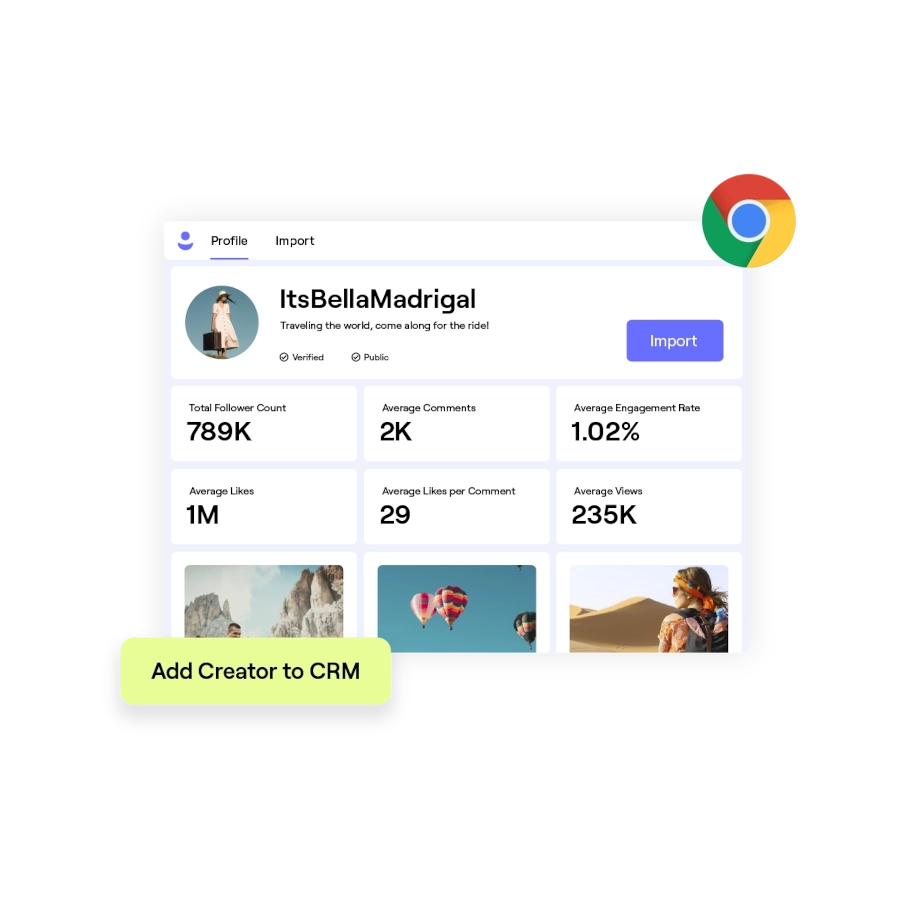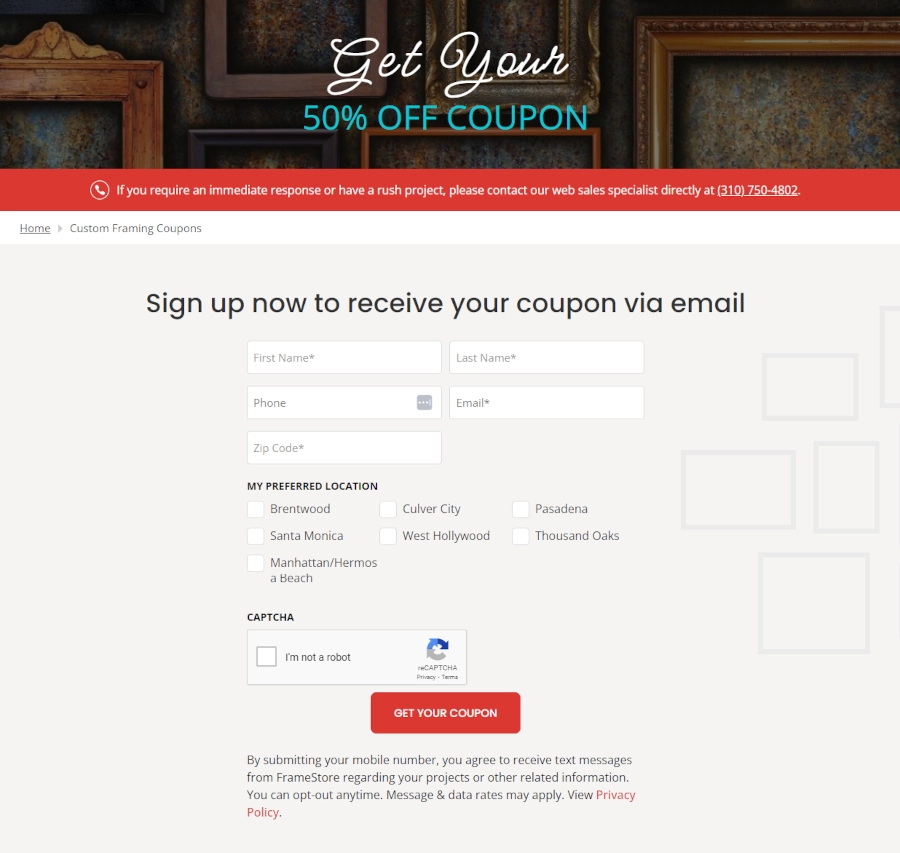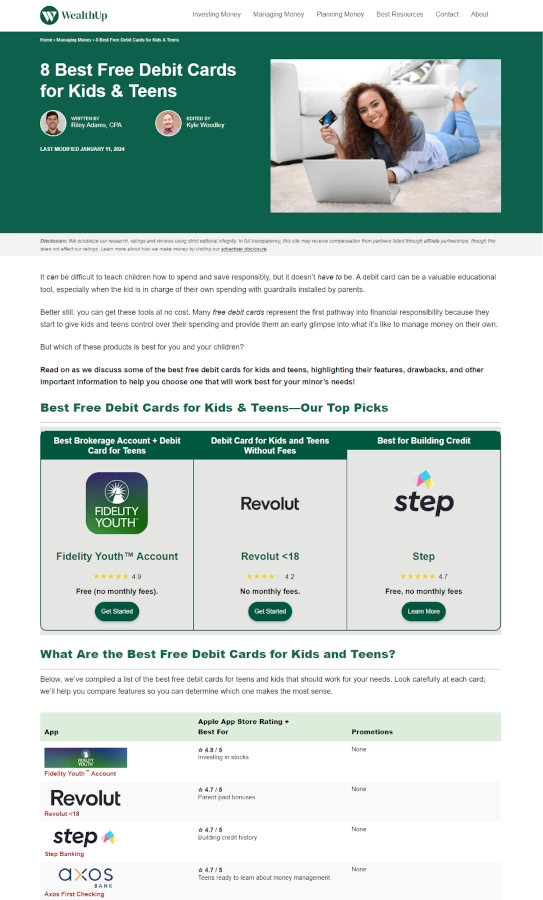The influencer marketing industry is growing faster than social ad spending, and the pace isn’t stopping anytime soon.
According to Insider Intelligence’s recent influencer industry report …
“Spending on sponsored social media content in the US will grow roughly 3.5 times faster in 2023 than social ad spending will — and it’ll remain ahead through 2025.”
In other words, there’s never been a more important time to invest in influencer marketing to grow your business.
Whether you’re looking to go to market soon, gather social proof in bulk, or simply generate more sales, influencer marketing can give you the momentum your business needs.
That is … if you choose the right influencers and the best-fit campaigns for your specific goals.
Let’s take a closer look at how to capitalize on influencer marketing to grow your business in 2024 in six (relatively simple) steps.

You’re not ready to start an influencer marketing campaign if you don’t have a clear vision in mind.
To get the most out of your investment, you need to know what “influencer marketing success” means to your specific business.
For instance, will you achieve influencer success when you’ve …
Sold 10,000+ monthly subscriptions?
Generated 15% more qualified leads?
Collected enough social proof for 100+ marketing assets?
Understand your destination — and be ready to explain it to potential collaborators in one sentence.
After you know where you’re headed, spend time researching relevant influencers in your niche.
You can find them via hashtag searches on social platforms (try #sponsored or #sponsoredpost) and on influencer marketing platforms.

You can also check forums or ask trusted colleagues in your industry if they have any recommendations.
On influencer marketing platforms, you’ll also discover what influencers charge. This can help you eliminate creators that are outside of your budget. The higher the following, the more expensive the influencer is.
Types of influencers you can research include:
Celebrity/Mega Influencers
These creators might be celebrity influencers with millions of followers or public figures with one million or more followers.
Macro Influencers
Look into this group if you’re looking for a brand advocate with 100,000 to a million followers. If you have a large budget but can’t afford a celebrity, a macro influencer might be the best fit.
Micro Influencers
These budget-friendly creators have a knack for building niche, loyal audiences. Their follower counts range from 1,000 to 100,000 followers.
Nano influencers
For an ultra-budget-friendly option, research nano influencers in your niche. Though their follower counts are typically less than 1,000, they’ve cultivated high trust with their niche audiences.
Within these groups, there are also B2B-specific influencers and B2C influencers.
After narrowing down potential creators to work with, reach out to set an in-person or virtual meeting with each of them.
Come prepared for the meeting with specific questions and concerns. Be sure to ask plenty of questions about their core target market and messaging style.
At the very least, you need to make sure you have a shared target audience.
If you target shoppers who love luxury fashion and they target shoppers who value eco-friendly fashion pieces, you may not be the right fit.
You’ll need to make sure you both have:
Go the extra mile by perusing their portfolios and social media profiles to ensure they’re not posting offensive or unaligned content when working with other brands.
Even if the creator doesn’t have a bad rap, their particular style may harm your reputation if it’s not in sync with your brand image. It’s not just about brand safety — it’s also about brand suitability.
Successful influencer marketing campaigns don’t always happen after one go.
It often takes trial and error — and a lot of testing to discover what works best.
Make sure you and the creator are on the same page about the campaign testing phase, so you can set up the marketing schedule and expectations.
Consider testing several social media posts, email campaigns, and lead generation funnels before scaling.
You can also test website campaigns, such as affiliate marketing blog posts and guided selling sequences.
Use A/B tests to discover which social media and email campaign variables work best, such as the best copy, images, and calls to action (CTAs) to use.
Track key performance indicators (KPIs) and metrics to uncover which funnels and website campaigns generate the best leads and conversions.
Here are some specific campaign examples you can test with your influencers:
Choose lead magnets that align with your end goal and your target audience’s core needs.
Build funnels around them using a simple CTA → Landing Page → Opt-in Form sequence.
Sprinkle your lead magnets across a variety of marketing channels to see which avenues work best. That might be on your home page, in social media Stories, and in social media posts. You can also test these across different ad types.
If you’re in the ecommerce sector, consider testing several discount or promo options as your lead magnets.
For instance, Wholesale Frames is currently using a 50% off coupon to build its lead list:

While you don’t have to be this ambitious, you can certainly use it as one of your testing options to see if the ROI is worth it.
Common discounts to test in the ecommerce sector include 10%, 15%, and 20% off. Buy-one-get-one offers are also popular.
Check your metrics to see which lead magnets, landing pages, and opt-in forms helped you reach your end goal. Include the ones that tested the highest in your influencer marketing strategy going forward.
Choose affiliate marketing content assets that make the most sense for your mission and industry type.
If you run a B2B business, consider testing long-form video content, in-depth blog posts, and reviews.
If you’re in the B2C sector, try testing short-form video content, comparison guides, and social media Story content.
You’ll also need to consider your niche and core product. For instance, if you sell financial products, a professional comparison guide may help you reach your audience better than informal social media Stories.
For example, WealthUp recently published a round-up of the best teen debit cards, meticulously breaking down each option for its audience:

Readers looking for financial products appreciate attention to detail and an honest overview. This content style also works well in the B2B SaaS industry, tech industry, and cybersecurity space.
Check your affiliate marketing metrics to see which content types generated the most commissions. Stick to these when managing affiliate campaigns in the future.
Pro Tip: If hitting a specific sales goal is your top objective, don’t rule out affiliate marketing campaigns. They’re often cheaper than traditional influencer marketing since you only pay the affiliate if they make a sale. SEO affiliate content can also help you drive more traffic and authority to your website.
Test interactive content, dynamic filters, and guided selling experiences matching your audience’s needs and end goal.
For instance, if you sell custom products, like tailored clothes or accessories, dynamic filters can help website visitors find personalized pieces that fit their style preferences.
If you sell insurance or subscriptions, interactive content can help users find the right monthly plan.
If you sell services or everyday products, guided selling experiences can help your target customers pinpoint the exact solution they need.
For example, Hers uses a guided selling quiz to recommend tailored mental health services and prescriptions to its visitors.
To get more eyes on its quiz, the telehealth brand partnered with its first Mental Health Ambassador, Kristen Bell, in 2023:

Kristen also shares her mental health journey on social media and other marketing assets to encourage more people to take the quiz and get the support they need.
If you can’t afford to invest in a mega influencer to help you promote your website campaigns, like Hers, that’s okay. Most brands don’t have the funds to partner with celebrities. Remember, there’s a spectrum of influencer types, and each has its merits.
Instead, focus on learning from your audience’s behavior. Which content types on your website helped them find the answers to their problems? Which types helped you reach your target?
Store the results from these experiences to make better marketing and business decisions going forward. Include website campaigns that tested high in your final influencer strategy.
Experiment with various social media posts to discover which assets align with your audience.
Social media is where most influencers shine, so be sure to ask for input from the brand ambassadors you’re working with.
They can help you understand the types of posts that tend to resonate with their followers.
If you sell a complex solution or have a qualification process, consider testing video content types and podcast snippets on social. These assets give influencers more of a platform to work with so they can educate your audience without tight time constraints.
For instance, SoFi, a financial organization that offers personal loans, often posts informational video content to connect with its audience.
The SoFi team also interviews influencers and celebrities on financial tips and money management techniques on its podcast called Richer Lives:
These interviews clear up confusion, provide valuable insights, and give its audience something to consistently look forward to.
Consider following in SoFi’s footsteps by creating your own “series” based on the social media posts that resonated with your audience. For instance, if short-form day-in-the-life Story videos gain tons of views and conversions, create a cadence around it.
Use the results from your test campaigns to finalize an effective influencer marketing strategy.
You might also consider building an official influencer program at your organization to streamline future collaborations.
Continue working with the creators that helped you achieve the best results — and have them focus on the campaign types that tested the highest.
However …
While you may have walked away with robust insights from your test campaigns, it’s still important to use checks and balances to keep quality high. You might also need to create a separate check-in system for each marketing channel.
For instance, consider building social media content approval workflows for social media posts to ensure every campaign hits the mark.
For email content, consider choosing tools that automatically A/B test campaign versions and send out the ones with the best results.
You get the idea.
Choose software that works like an “influencer marketing hub” so you can continuously refine your campaigns.
In other words, you don’t want an influencer marketing tool that only tracks influencer posts.
You need a full-out creator management platform like GRIN.
With GRIN, you can …
Find aligned creators, manage all of your influencer relationships, and track campaign results to discover your true influencer marketing ROI.

You can keep an eye on:
You can also pay all of your creators without leaving the platform.
Curious to learn more about our influencer marketing hub? See GRIN in action.
While influencer marketing spending continues to rise, it’s not the medium itself that brings success.
It’s the commitment to choosing the right partners to collaborate with — and focusing on campaigns that test the best.
Put in the work from the beginning to reap a higher ROI later.
And remember, if you need a tool that can help you manage the entire process, try GRIN.
Here’s to your success!
Our team keeps a finger on the pulse, so you’re always working with the latest information.